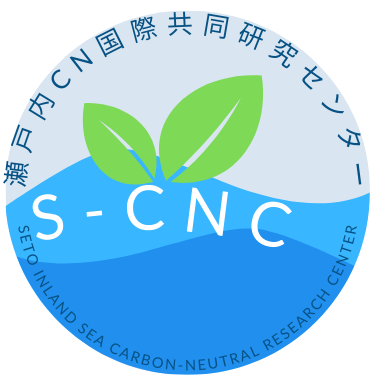
Facilities
Takehara Fisheries Research Station
The facility is located in Takehara City, Hiroshima Prefecture, and consists of four faculty members and one technical staff member. Although the number of staff is small, its educational and research achievements are world-class, and it has been selected as an “Education-Related Joint-Use Center (Name: Educational Center for the Sustainable Use and Resilience of Satoumi),” by the Ministry of Education, Culture, Sports, Science and Technology. It is now in its third term as an educational center.
The number of users exceeds 3,000 per year, including students and researchers from overseas. We have a very high track record of activity.
In terms of research, we have achieved world-class research results in the systematics and physiological ecology of seaweeds, marine plankton, and symbionts, as well as in the conservation ecology of horseshoe crabs and tidal flat organisms. Our research has received high acclaim at academic conferences in Japan and abroad.
Recent achievement
We continue to present to the world its outstanding achievements in basic research on seaweeds, which have an important function in CO2 fixation, a key component of blue carbon, and are useful in various ways to human society, as well as in the systematics and ecology of zooplankton, which play a fundamental role in the production of marine ecosystems, and parasites, which pose a threat to increased aquaculture of fish and shellfish.
Recent achievements include the elucidation of growth characteristics of coralline algae that contribute to the estimation of CO2 storage in algal beds, the nutritional relationship between luminous bacteria and zooplankton attached to detritus composed of crustaceans, and the variable life history of Argulus japonicus.
These are representative recent papers.
Hosoi T, Kato A (2023) Effects of seawater temperature and irradiance on the growth of sporelings of Amphiroa cf. zonata and Corallina berteroi (Corallinales, Rhodophyta) in Japan. Phycologia, 6, 585–592.
Hirano K et al. (2024). Isolation and characterization of bacteria from the gut of a mesopelagic copepod Cephalophanes reflugens (Copepoda: Calanoida). J Plankton Res, 46, 48–58.
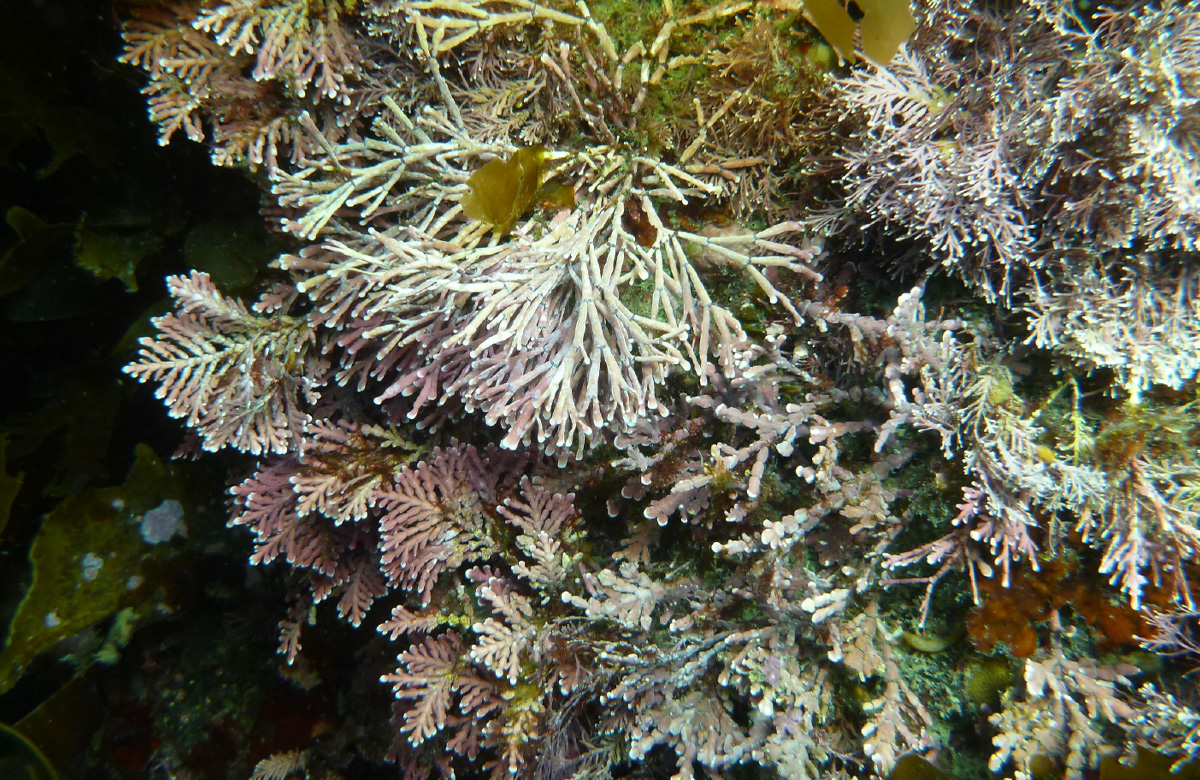
Red algae coralline dominant on the forest floor of algal beds
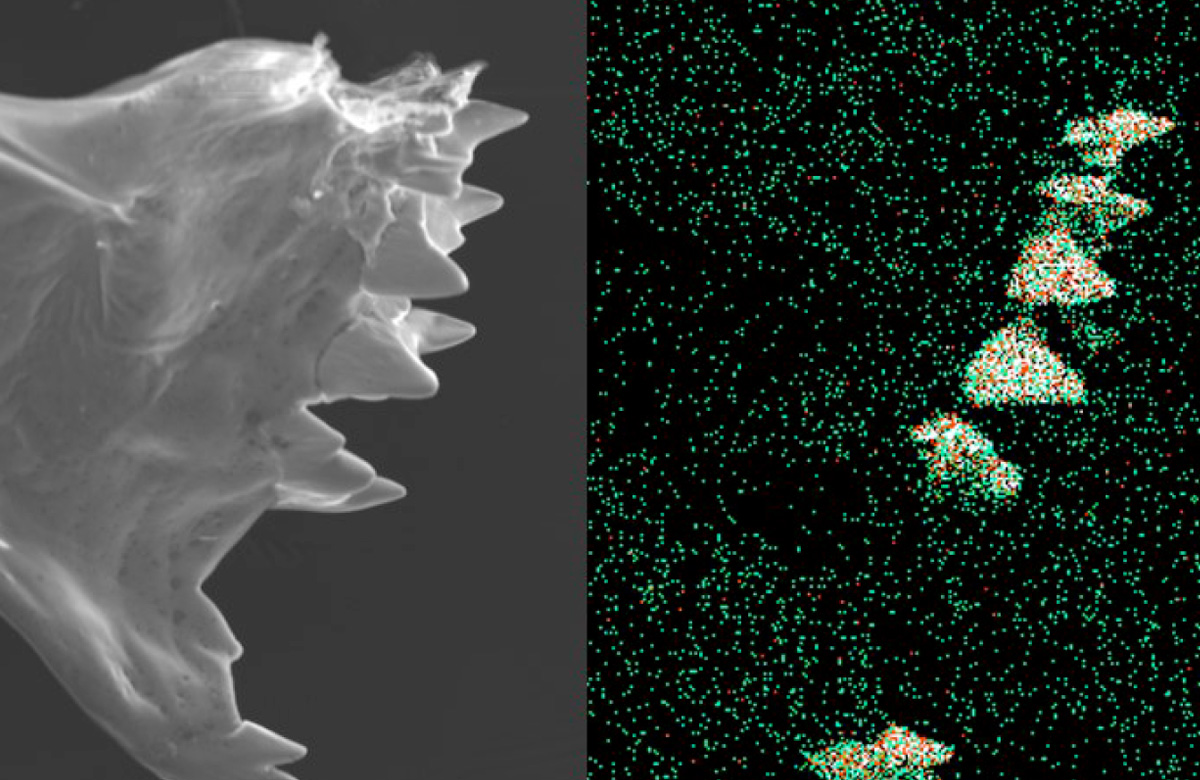
Tooth of copepods, which feed mainly on phytoplankton such as diatoms. Detection of silicon deposition using an X-ray analyzer attached to a scanning electron microscope (left: tooth; right: silicon deposition).

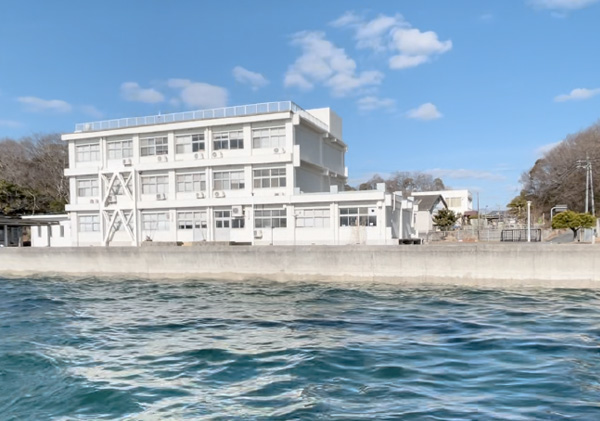
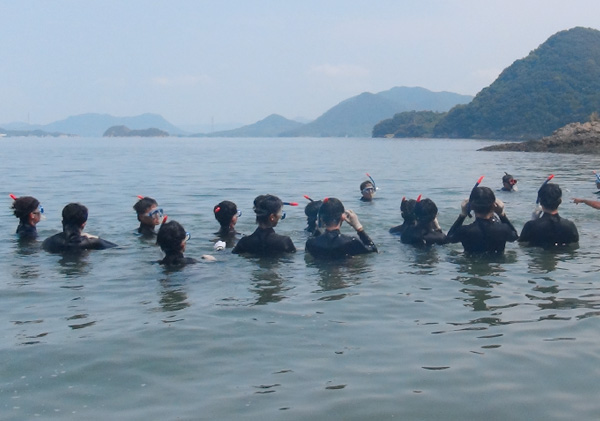
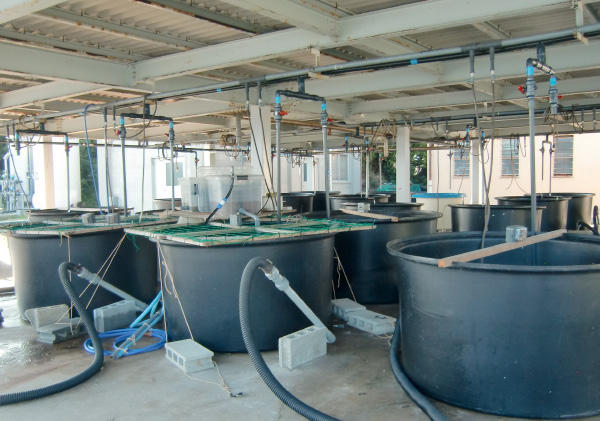
Mukaishima Marine Biological Laboratory
Mukaishima Marine Biological Laboratory was established in June 1933 as the Institute of Marine Science and Technology attached to the former Hiroshima University of Arts and Sciences. It is one of the most historic educational research facilities affiliated with Hiroshima University.
When the current Hiroshima University was established under the new system in May 1949, it became the Mukaishima Marine Biological Laboratory under the faculty of science.
In April 2023, Seto Inland Sea Carbon-neutral Research Center was newly established and reorganized into the Blue Innovation Division.
In addition to practical training in science and other faculties on campus, the laboratory conducts a wide variety of international educational and research activities as one of the Ministry of Education, Culture, Sports, Science and Technology's Education-Related Joint Usage Centers. These activities range from primary and secondary to higher education and recurrent education.
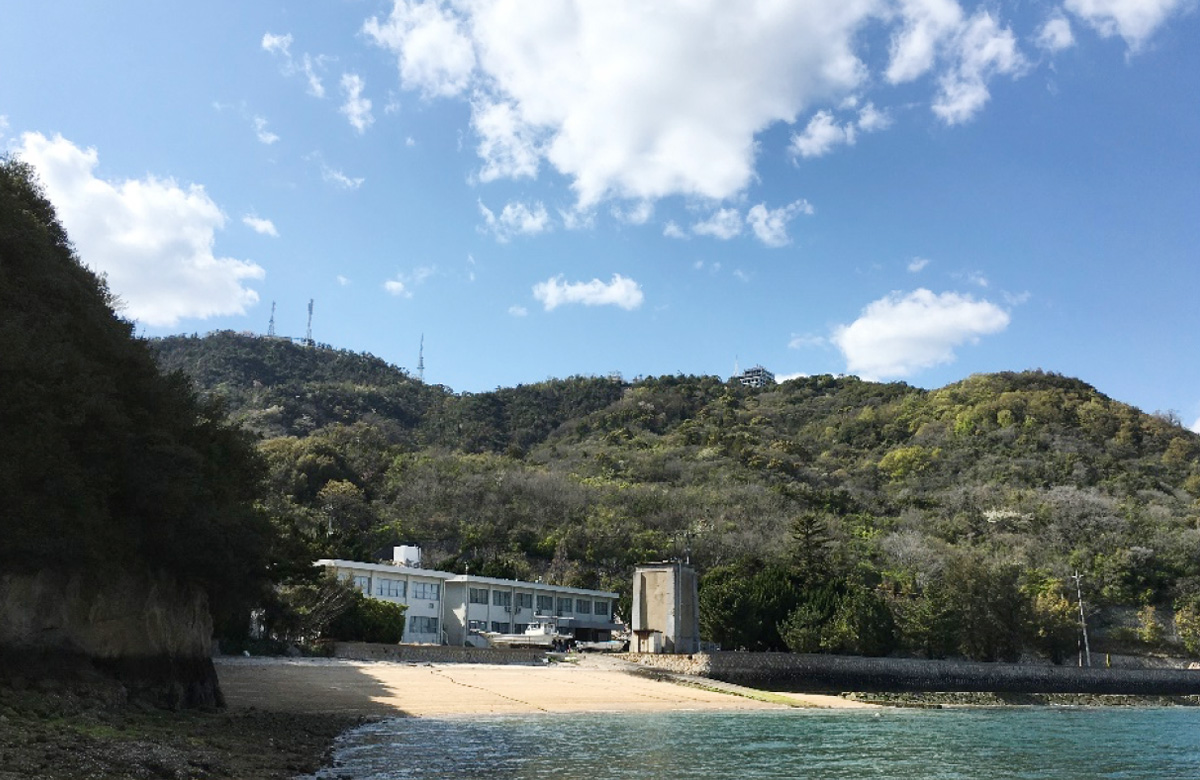

For detailed information about the laboratory, please visit the following website.
English Page:https://www.hiroshima-u.ac.jp/en/rinkai/outline
Recent research results
Our human regenerative capabilities are greatly limited. On the other hand, the sea-dwelling hemichordate, the acorn worm, is closely related to humans and other animals with backbones (vertebrates). Yet, it is able to recover itself from a torn body completely. When we examined the head regeneration of the acorn worm, a factor similar to the "reprogramming factor," which is important in the artificial creation of iPS cells, also known as pluripotent cells, was detected in actively dividing cells in regeneration. Somehow, this reprogramming factor is not activated in vertebrate regeneration. Therefore, we expect that elucidating the details of the regeneration mechanism in Enteropneusta will lead to the future understanding and development of regenerative medicine for humans and other vertebrates.
For detailed information about our research, please visit the following website.
English Page:https://www.hiroshima-u.ac.jp/en/news/69241
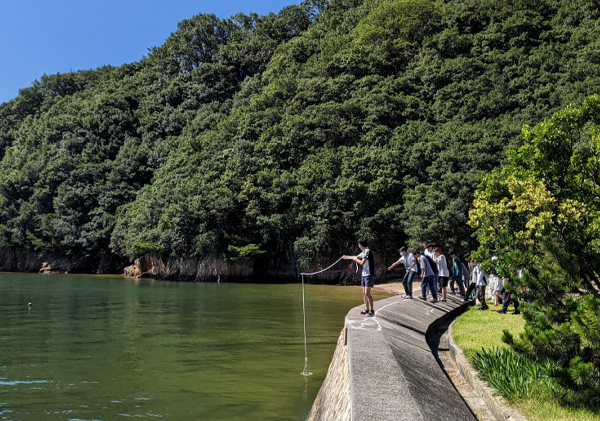
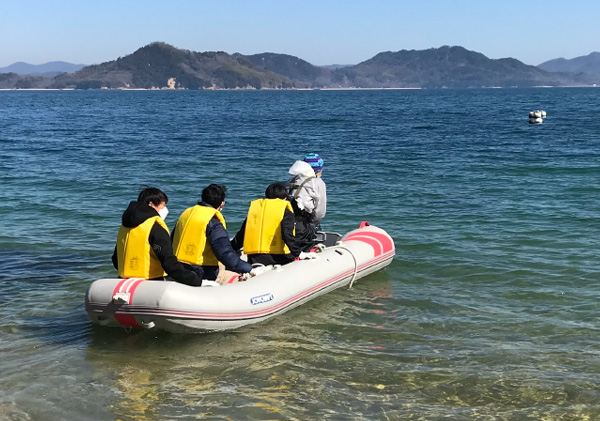
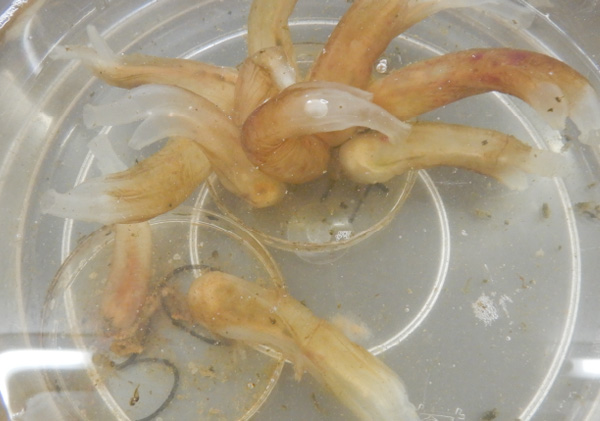

Miyajima Natural Botanical Garden
Miyajima Natural Botanical Garden is a facility of Hiroshima University located in Miyajima-cho, Hatsukaichi City, Hiroshima Prefecture. It is registered as a World Heritage Site.
This facility uses state-owned land on the site of the Murohama Battery, which runs from Omoto Park to Kamimurohama on Miyajima. Taking advantage of Miyajima's well-preserved natural environment of the Seto Inland Sea, we conduct education and research activities related to plants and ecosystems, as well as their protection and conservation.
We also connect with society by conducting activities such as holding plant observation events for the public, providing information through the Hiroshima University Digital Museum, and collaborating with local educational institutions, government agencies, organizations, and companies. Through these activities, we are contributing to the realization of the SDGs.

one of the research subjects, the primeval forest of Misen (Miyajima, Hatsukaichi City, Hiroshima Prefecture, a National Natural Monument)
Latest research results
We elucidate biodiversity and work on its conservation, utilizing the accumulated specimens and data. In order to clarify the interactions between plant-related chemicals and soil microorganisms and to prevent the influx and establishment of invasive species, we also incorporate new technologies such as molecular phylogenetic analysis, DNA barcoding, and the identification of plant chloroplast genomes. Additionally, we use environmental DNA to analyze the feeding habits of phytophagous animals.
In addition, we clarify changes in the disaster site over time and green the site using native seeds and seedlings, taking biodiversity into consideration.
As part of an international joint research project, we identify the North-South gap that remains today based on sample information and make recommendations for correcting it.

Chloroplast genome of Marchantiophyta Frullaniaceae
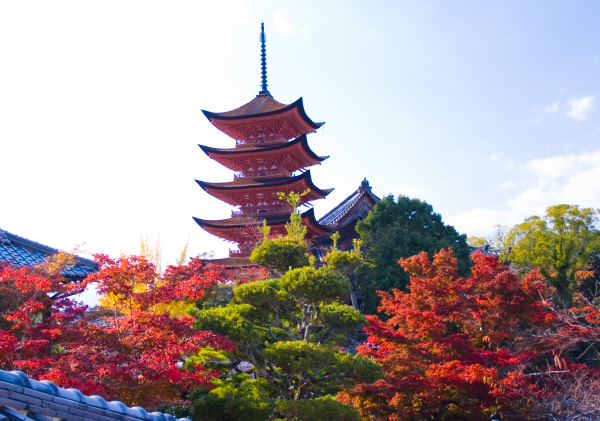
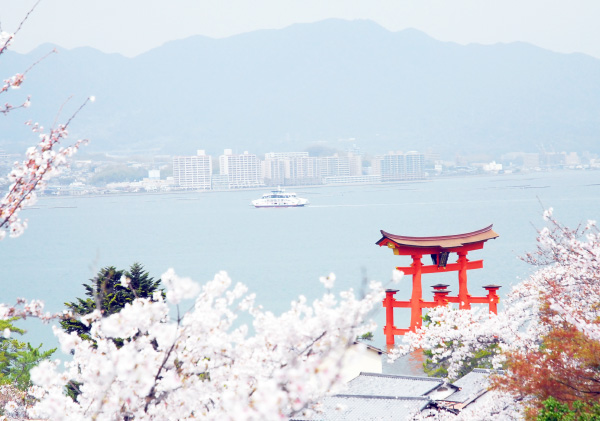
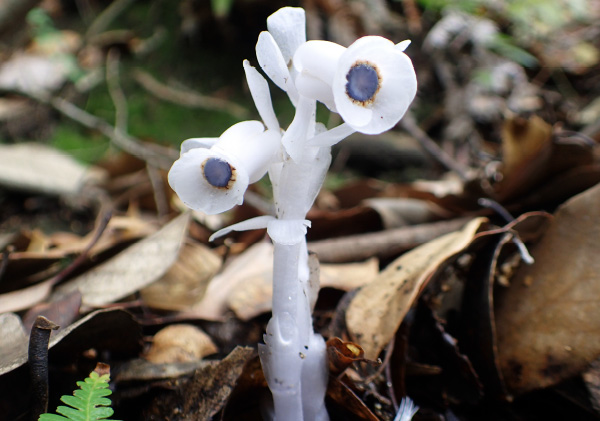
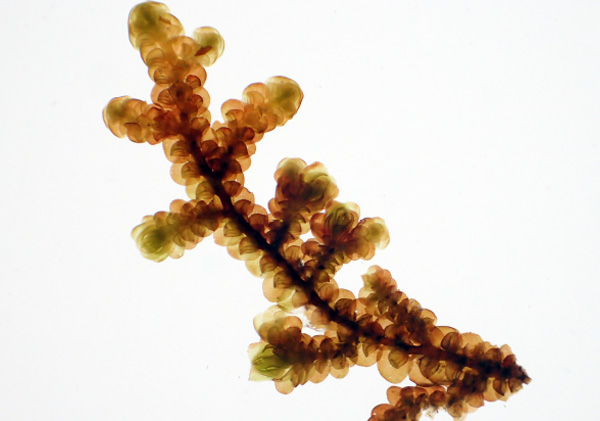

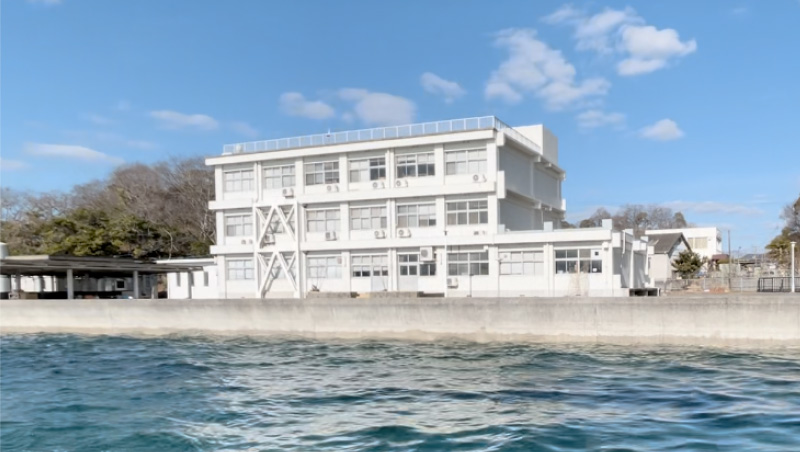

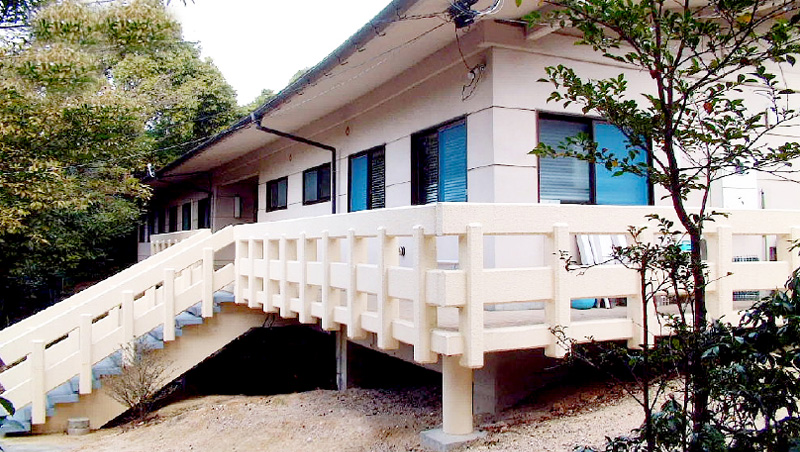
 Our Instagram
Our Instagram
